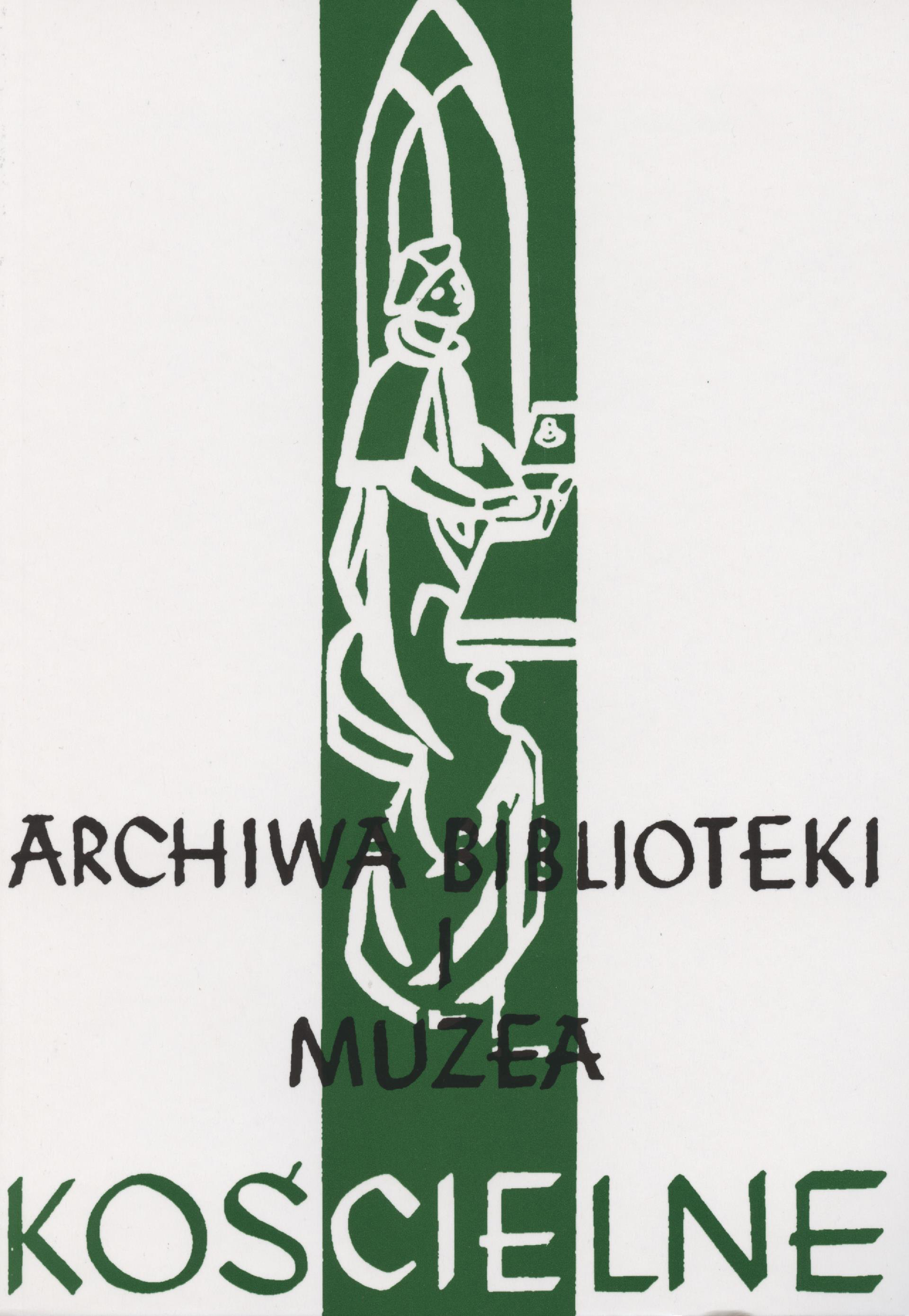Średniowieczne malowidło na wschodniej ścianie prezbiterium kościoła św. Jakuba w Toruniu. Transmedialna struktura obrazowa?
Medieval wall painting on the eastern wall of the presbytery of st James Church in Toruń. A transmedia image culture?
Author(s): Anna Błażejewska, Elżbieta PileckaSubject(s): History, Language and Literature Studies, General Reference Works, Theology and Religion
Published by: Katolicki Uniwersytet Lubelski Jana Pawła II - Wydział Teologii
Keywords: Church of St James; Veraicon; Holy Face; Toruń; Middle Ages
Summary/Abstract: Recent conservation works in the presbytery of St James’s Church in Toruń revealed several details of a previously poorly readable painting from the third quarter of the 14th century. These details shed interesting light on its iconography and on the complex media character. Upon close observation of a freshly cleaned representation of angels adoring (and supporting) the hitherto diffi cult to defi ne quadrilateral shape crowned with a small gable, high on the eastern wall of the presbytery, identifi ed by default as Veraicon, it turned out that there was most probably a small panel painting inserted into the quadrilateral fi eld. This is evidenced by: a few centimetres long ‘gooseneck’ made with plaster – located in the lower part of the canopy-shaped architectural framing, finished with a black contour, no traces of plaster (only an unusual, thin layer of red polychrome staining within the framing). Due to the fact that this alleged painting has not survived, the assumption that it depicted Veraicon, captured by an architectural ciborium, perhaps imitating the Roman way of presenting the cloth relic, is based on the popularity of representations of this iconographic type, located in the context of the altar and on the base of the existing painting context (the immediate vicinity on the vaulting also includes images of adoring angels with the tersanctus inscription). Considering the great popularity of this type of representation in the late Middle Ages, not only in monumental painting, the Toruń example seems exceptional because of its transmediality: the whole is heterogeneous; a copy of the painting-relic appears in a new context and role, also changing the character of the painting. The source of such a concept was probably the extraordinary diversity (including media diversity) of the created copies of the Roman image. A similarity to this type of complex pictorial structure, in terms of media, can be found in illuminated manuscripts to which the images of the Holy Face made on leather, sometimes brought from Rome, were pasted. The Toruń image could also have been of Roman origin; 14th century was a period of signifi cant intensification of the cult of the Holy Face in Rome itself and beyond, if only thanks to numerous pilgrimages. It should be noted that the functioning of the Veraicon, here painted on wood, is only a hypothesis, although we consider it highly probable. There is also another, less probable possibility that the mentioned gooseneck/shelf was created without any connection with the painting. In that case, it would be possible that the object of adoration was the Ark of the Covenant placed under the canopy or only a place ‘waiting for’ the Ark to appear in the ‘temple of God’ on the day of Judgement (Revelation 11:19).
Journal: Archiwa, Biblioteki i Muzea Kościelne
- Issue Year: 2020
- Issue No: 113
- Page Range: 5-26
- Page Count: 22
- Language: Polish

